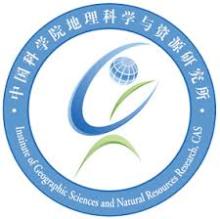Resource information
Land use change and landscape patterns have a large effect on land productivity and ecosystem biodiversity. Based on geographical information system technology and remote sensing data related to land use and land cover of Jiangsu and Zhejiang provinces and Shanghai (Jiang-Zhe-Hu area), we analyzed patterns of landscape change and predicted land use dynamics using the CA-MARKOV model. We also analyzed the conversion rate and area among landscape classes using the CA-Markov model. We found that from 1980 to 2005, there was a significant decrease in the area of farmland, and much of this landscape was transformed into settlements. Most of the landscape classes have become fragmented and isolated. The areas of farmland, settlement land and water tend to be complex in their shape and spatial clustering. The shapes of other land class patches have become simpler, and overall landscape fragmentation has increased. Landscape diversity and heterogeneity have increased. The CAMARKOV model predicted that settlement land will continue to grow from 2005 to 2015, but the speed of conversion will be reduced. The speed of the reduction in farmland and forest has increased, and increased settlement areas are clustered along the Yangtze River. Land use dynamics and change in the landscape pattern have affected land productivity and made the ecosystem more sensitive and fragile in this study region.



